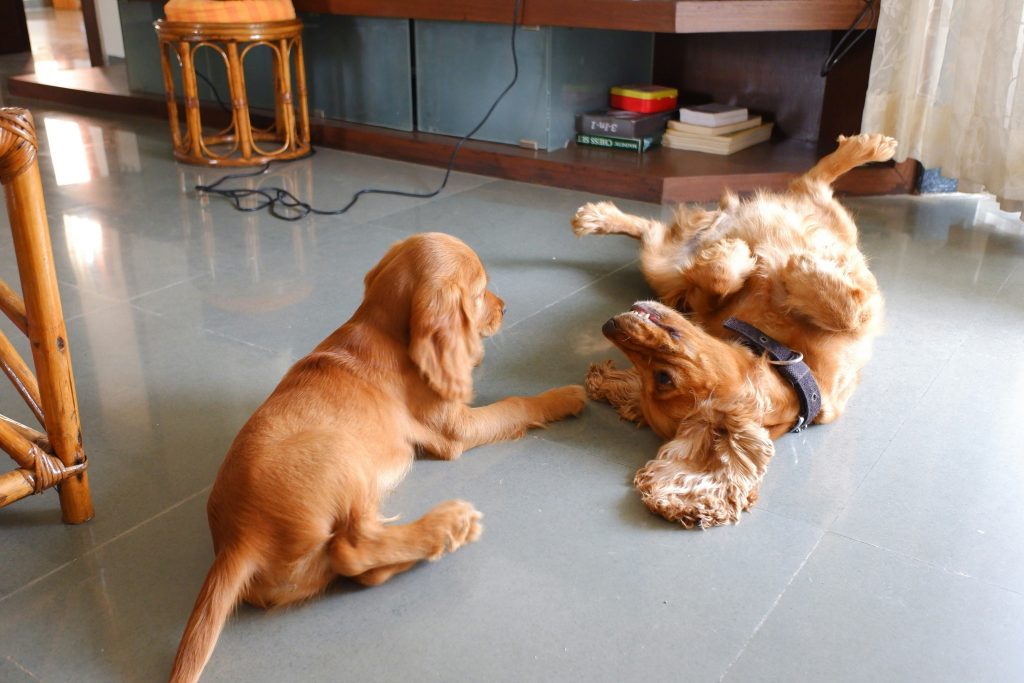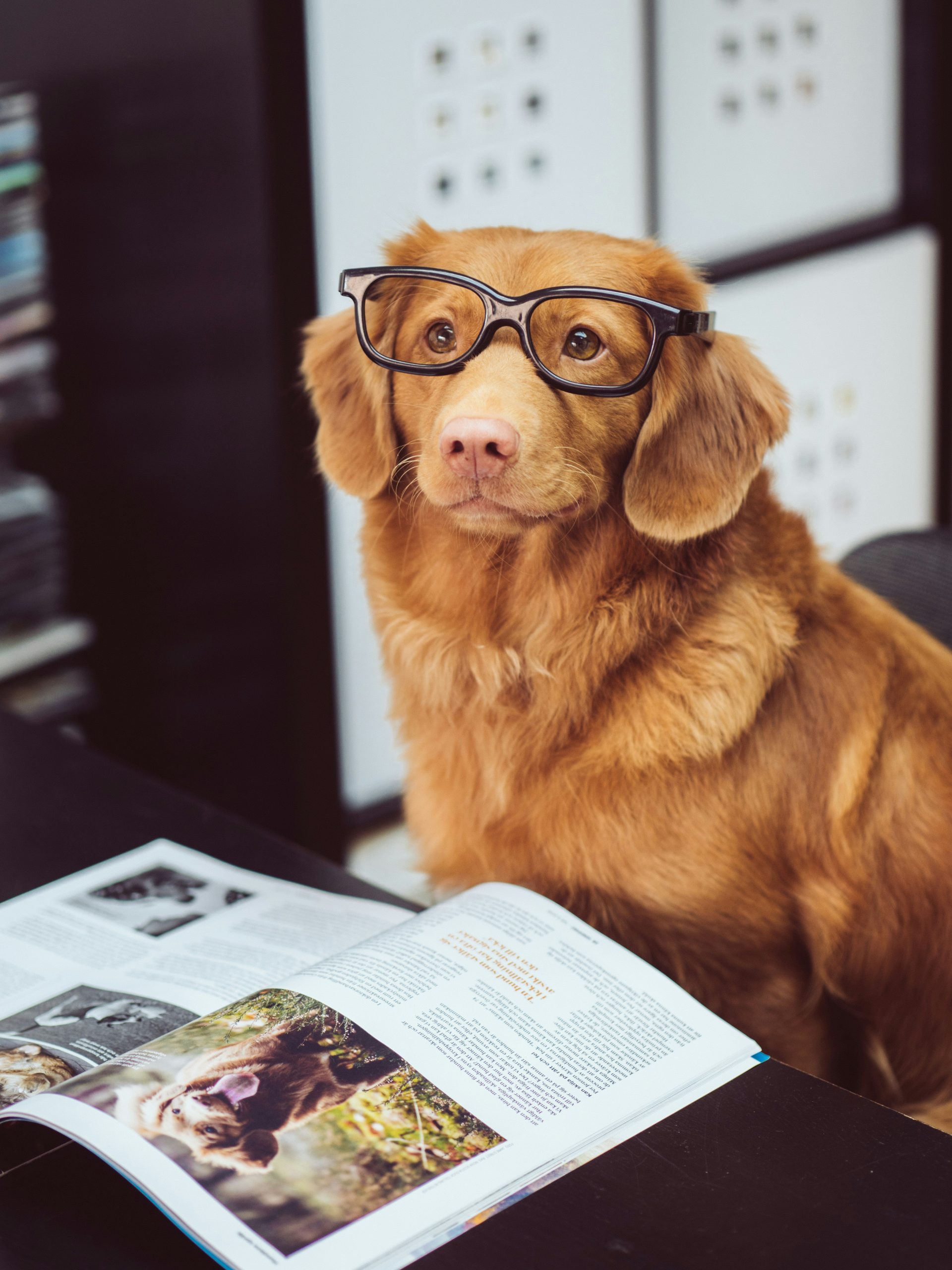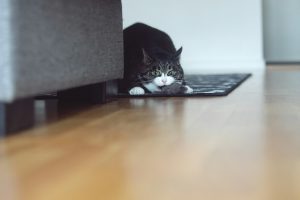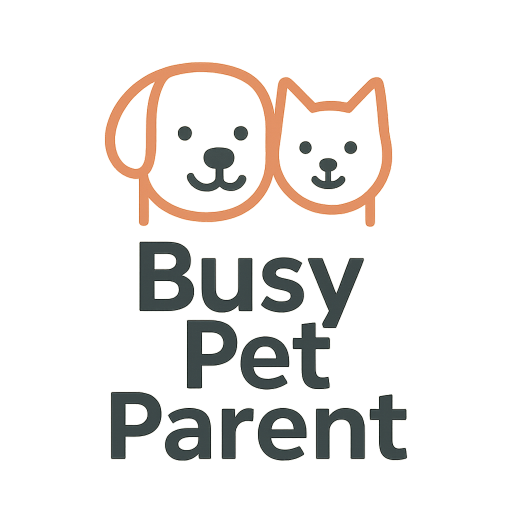
The Ultimate Apartment Dog Guide: Breeds, Training, and Daily Routines
Living in an apartment doesn’t mean giving up on having a happy, well-adjusted dog. Whether you already have a pup or are thinking about bringing one into your small space, this ultimate apartment dog guide covers everything you need to know—from the best breeds to indoor potty training, barking management, and daily care. With the right setup and routines, apartment dogs can thrive just as much as those with fenced-in yards.
1. Choosing the Right Breed for Apartment Life
Not all dogs need a backyard to be happy, but breed temperament makes a huge difference. Low-energy, adaptable, and quiet breeds tend to do best in apartments. Think French Bulldogs, Cavalier King Charles Spaniels, Greyhounds, Shih Tzus, Boston Terriers, and even some large but lazy breeds like the Great Dane. Avoid breeds known for loud barking or high energy without an outlet unless you're experienced and ready to train proactively.
2. Build a Solid Daily Routine (Even Without a Yard)
Routines are crucial for dogs in apartments. Without a backyard, your dog relies on you for both potty breaks and physical activity. Plan at least two longer walks a day and one or two shorter breaks. Try to be consistent with the timing—dogs thrive on predictability. Use a schedule that includes meals, potty trips, walks, indoor play, and downtime to keep your pup balanced and less prone to acting out from boredom.
3. Potty Training Without a Backyard
Living in a high-rise? Consider indoor potty options like pee pads, turf boxes, or doggy litter trays. These can be lifesavers during bad weather or for puppies still learning. Keep the area clean and separate from play spaces. For older dogs, teach them to use the balcony or designated indoor area when needed—but reinforce regular outside walks when possible. The AKC offers great tips on house training.
4. Barking Control in Close Quarters
Apartments come with lots of unfamiliar noises, and some dogs may bark at every hallway sound. Start training early using desensitization and positive reinforcement. White noise machines, crate comfort, and window covers can help reduce triggers. Teach cues like “quiet” and reward calm behavior. If barking is a struggle, ASPCA’s barking resource provides helpful strategies.
5. Crate Training Can Help Everyone
A crate isn’t a punishment—it’s a safe space. For apartment dogs, it can also prevent destructive behavior or excessive barking while you’re away. Crate training encourages calmness and gives your dog structure. Make it cozy, never use it for punishment, and keep sessions positive and short at first. Eventually, your dog may choose to nap in it voluntarily.
6. Stimulate With Indoor Games & Puzzles
Mental stimulation is just as important as physical exercise. Use puzzle toys, hide-and-seek games, treat-dispensing balls, or obedience refreshers to keep your dog sharp. Tug-of-war and scent games (like “find the treat”) are great indoor options that don’t require a big space.
7. Desensitize Your Dog to Urban Noise
City life is noisy! Desensitize your dog gradually by playing city sounds (traffic, footsteps, voices) at low volume while they eat or play. Slowly increase volume as they remain relaxed. This builds resilience over time. For dogs already anxious about noise, VCA Animal Hospitals’ guide on noise phobia offers deeper strategies.
8. Make Your Space Safe (Especially the Balcony)
Dogs and balconies can mix—but only with the right safety setup. Use barrier netting or plexiglass to prevent squeezing through railings. Never leave your dog alone on the balcony. Indoors, secure trash, food, and cleaning supplies, and block access to windows they could push through.
9. Invest in Apartment-Friendly Gear
Consider gear that saves space but enhances comfort: a foldable crate, absorbent pads, odor-control litter boxes, and compact feeders. Look for quiet toys, leash hangers, and pet storage baskets to organize gear in small spaces. A hands-free leash or no-pull harness also makes elevator trips smoother.
10. Assess Your Lifestyle Honestly
Apartment living with a dog works beautifully when your lifestyle supports it. If you work long hours and don’t have time for walks or training, consider a smaller breed or even adopting an older, lower-energy dog. Otherwise, hire a dog walker, enlist a neighbor, or use daycare services to meet your dog’s needs.
Bottom line? Apartment dogs can thrive with the right routines, training, and environment. Whether you’re in a studio or a high-rise, what matters most is your commitment to meeting your dog’s physical and emotional needs. With the right knowledge and a little creativity, you can build a happy life together—right where you are.
Frequently Asked Questions
Calm, quiet breeds like French Bulldogs, Shih Tzus, and Greyhounds tend to adapt well. But personality matters more than size—some small breeds are surprisingly noisy!
Yes—many large breeds are low-energy and well-mannered indoors. Great Danes, for example, make excellent apartment companions if their exercise needs are met.
Clean up messes quickly, use odor-neutralizing sprays, and invest in washable bedding and pee pads. Regular grooming also helps keep smells under control.
Turf patches, washable pee pads, or dog litter boxes can all work. The best choice depends on your space, budget, and your dog’s preferences.
Yes—crates provide structure, reduce stress, and prevent destruction or barking while you’re away. Just be sure it’s introduced slowly and positively.

Join the Busy Pet Parent Newsletter!
Get easy routines, time-saving tips, and the latest gear reviews—delivered straight to your inbox.
Perfect for busy pet owners, apartment dwellers, and anyone who wants a happy, healthy companion (without the stress).
Exclusive guides & checklists
Product recommendations & deals
No spam—unsubscribe anytime!




